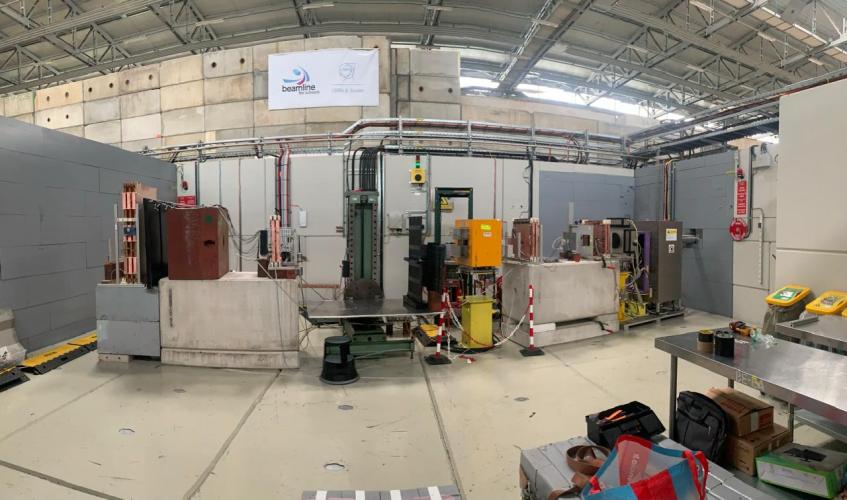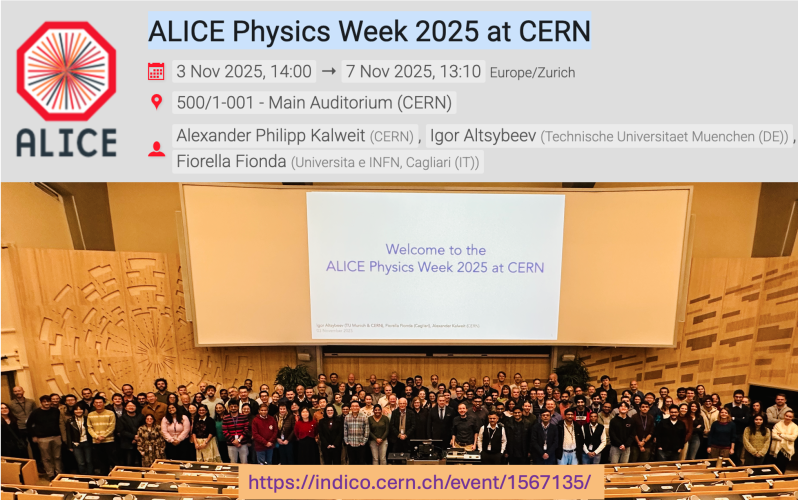ALICE (A Large Ion Collider Experiment) at the CERN Large Hadron Collider is one of the largest experiments in the world, devoted to studying the physics of strongly interacting matter at the highest energy densities reached so far in the laboratory. In such conditions, an extreme phase of matter called the quark-gluon plasma is formed. Our universe is thought to have been in such a primordial state for the first few millionths of a second after the Big Bang before quarks and gluons were bound together to form protons and neutrons.
Google map location of ALICE
ALICE in the News

ALICE 3 MID prototype test ( )
ALICE 3 MID prototypes successfully tested in the 2025 test-beam campaign Read more ...


